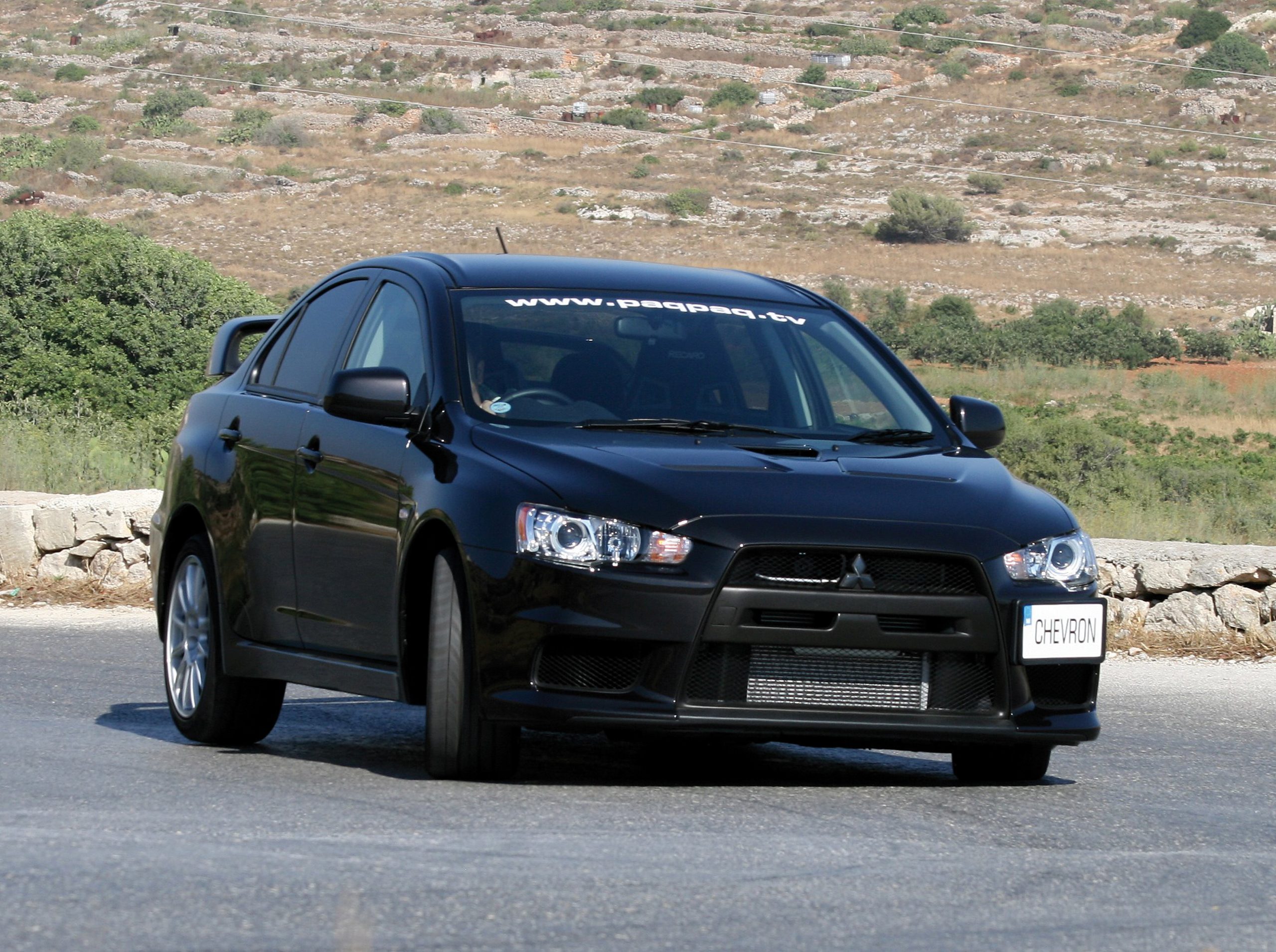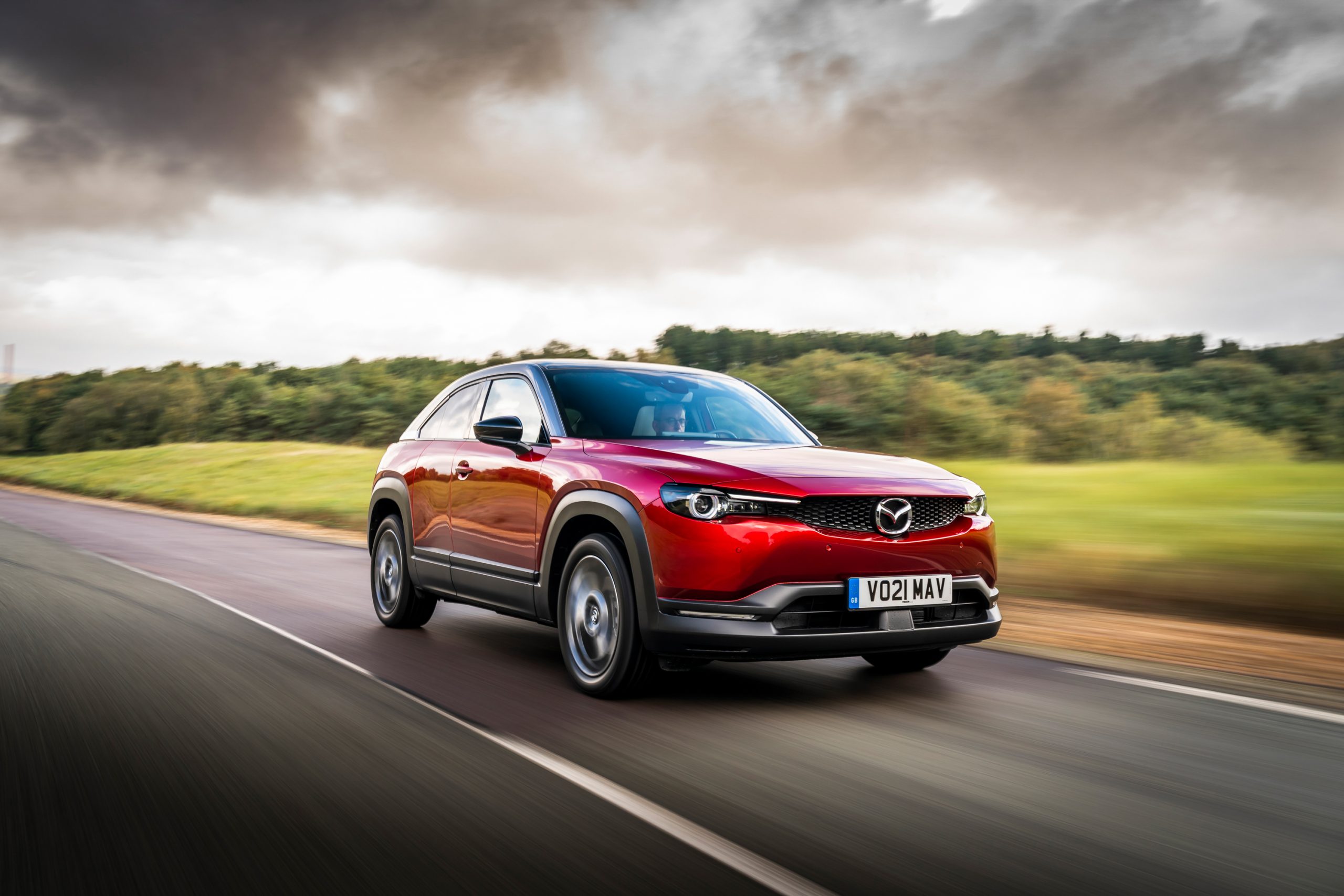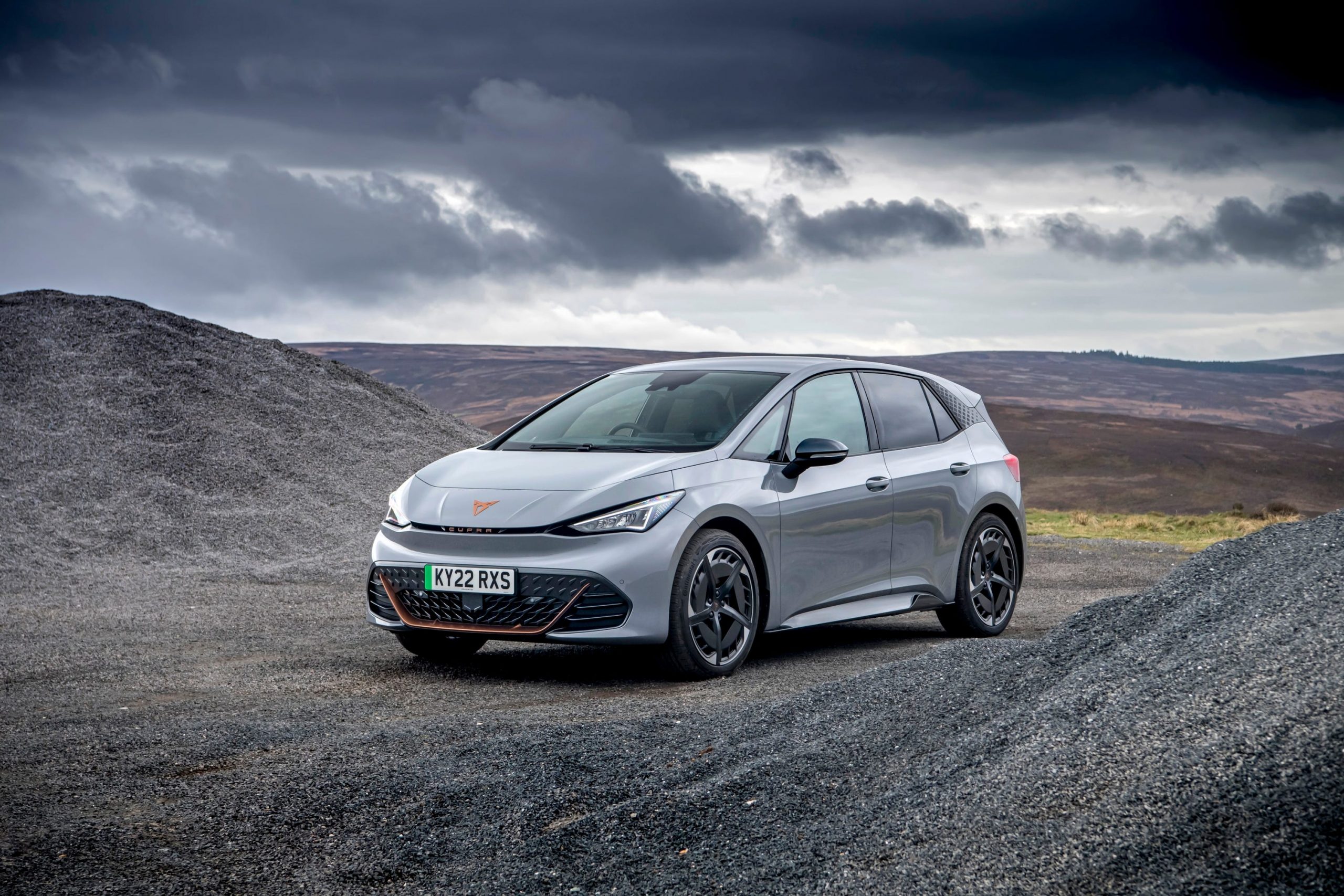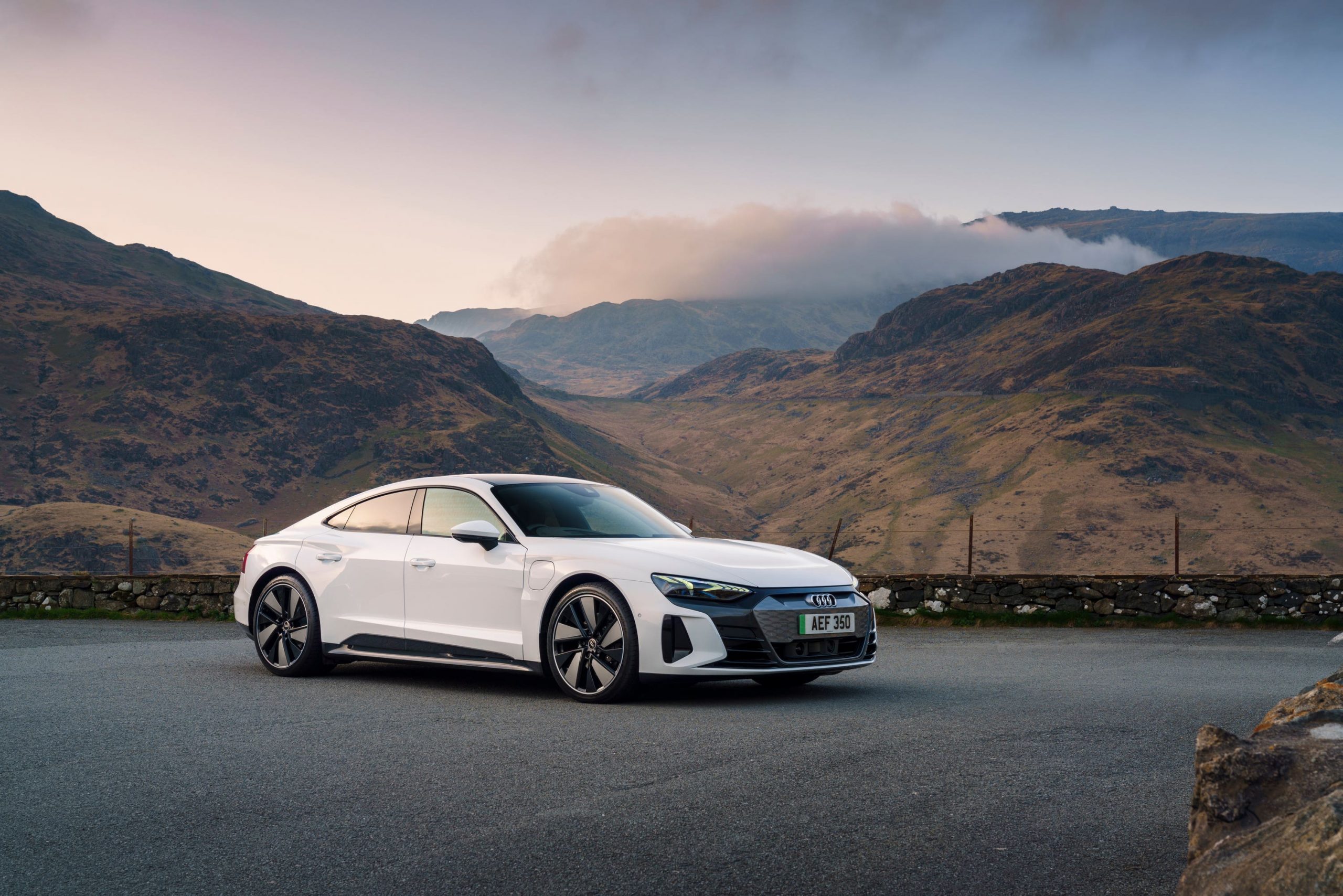by TONIO DARMANIN
Tracy Chapman was actually talking about a revolution and that is what this radical model started off as before progressing into an evolution which has now reached its 10th incarnation over a span of 16 years.
I first raced an Evo VI Tommi Makinen (who won 4 consecutive WRC driver’s titles between 1996 and 1999 in an Evo) Limited Edition on an improvised track at the bottom end of the Hal Far Raceway six years ago and last year pushed a highly tuned Evo IX against a most unlikely competitor, the Clio V6, on Taxiway Lima at the Malta International Airport.
Two experiences that gave me a particular flavour and feel about this car.
I have also driven the latest four versions of the Subaru WRX STi, the penultimate one on a racetrack in Sicily, so I was interested in seeing what the latest representation of this unique genre of sports car, the Evo X was all about.
This road-legal rally car was originally destined exclusively for the Japanese domestic market but an export version introduced in 1998 to cater for the strong demand creating volumes of grey imports particularly into the UK, and the popularity of these Japanese exotics here in Europe, has since grown exponentially. The primary appeal is the fact that there is apparently no limit to the amount of tuning that they are capable of undergoing and that, in many cases, they are more practical and can outperform supercars for a fraction of the price.
The Evo X is insanely fast, shooting to 100km/hr in less than five seconds. It is powered by the customary turbocharged 2.0 litre, all aluminum in-line four cylinder engine that has undergone modifications to the exhaust, intercooler, ECU and fuel pump to develop 291bhp in the “entry level” format of the UK spec version with power upgrades to 325bhp and even a staggering 354bhp as options.
However, the trump card of this car has been and still is its handling. It boasts S-AWC (Super All Wheel Control) using torque vectoring technology to send different amounts of torque to any wheel at any given time. AYC (Active Yaw Control) is a performance-oriented system which aims to increase cornering speeds.
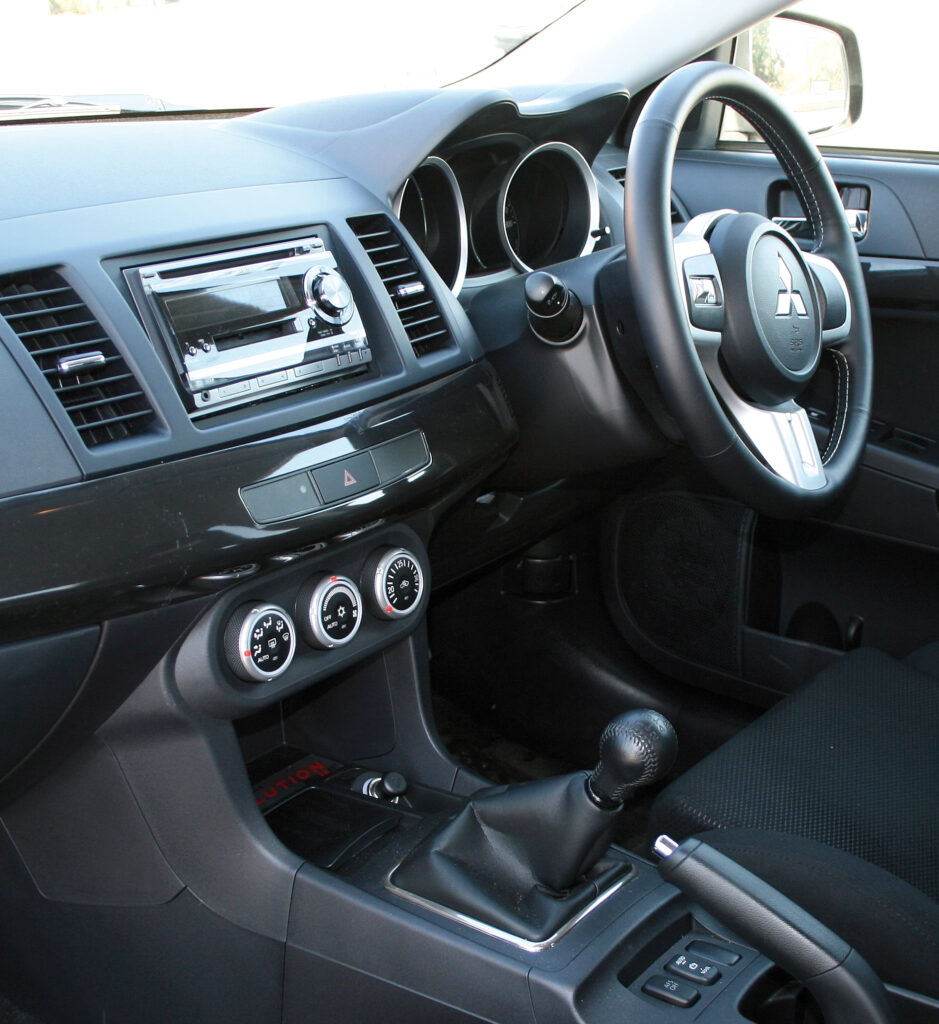
It is based on a computer-controlled rear differential that can actively split torque, based on input from various accelerometers in the vehicle measuring longitudinal and lateral G Forces, steering, ABS parameters, and throttle position. It accomplishes this via two hydraulic clutches which can limit torque on individual axles.
What does all this mean to the end user? Essentially you can enter and leave corners much faster, simply point and shoot, with a reduced chance of the car over or under steering. On a track, this will obviously result in better lap times. On the road, where the car will generally be used, it translates into a car that offers better handling and safer driving, even at high speeds (although this smells of a contradiction in terms!)
The chassis is forgiving, even to those who are experiencing this type of vehicle for the first time, and the set-up, although necessarily stiff, does not make for an uncomfortable ride as long as the road surface is decent. The latest model offers the option of the SST twin clutch, semi-automatic, sequential paddle shift transmission.
Quite a mouthful and the technology is state-of-the-art, however, traditionalists insist that the standard manual gearbox, back down to five-speed rather than six-speed featured in the Evo IX, is still the more satisfying option for this type of car. Brembo brakes are standard as are the 17 inch alloys but one can opt for climate control, Bluetooth connectivity, sat-nav, and a premium stereo with a 20 gig hard drive and MP3 socket.
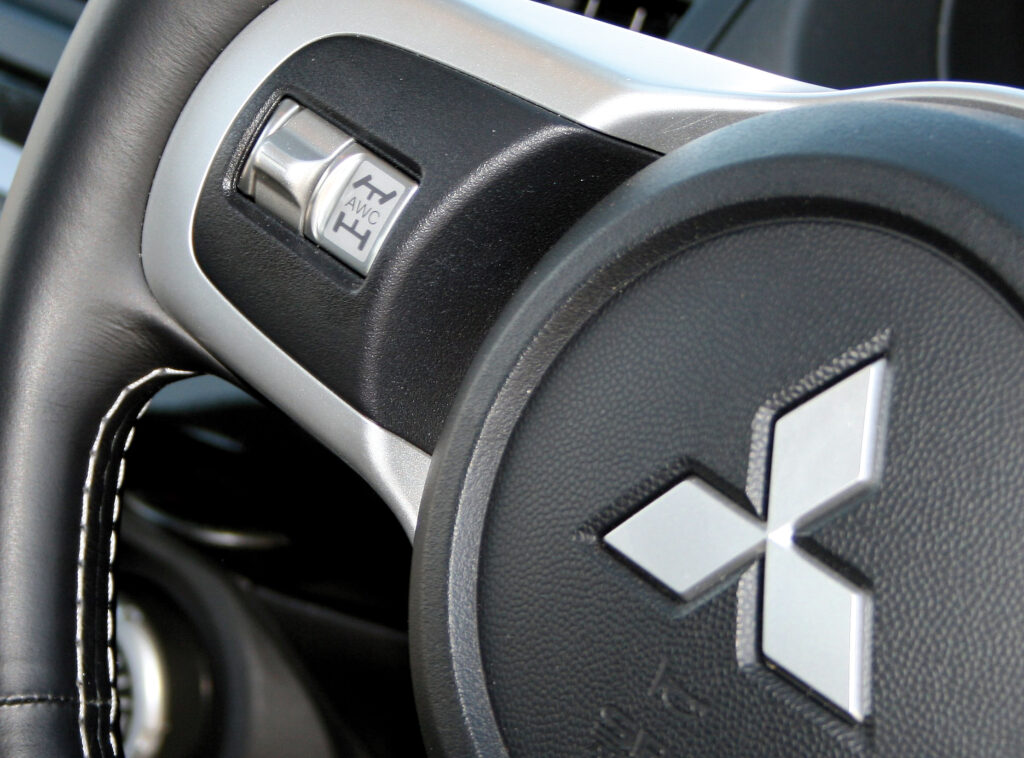
The test car looked good in black and the touches of carbon-fibre suit it, although a lighter colour would probably bring out the contrast with the aggressive face of the X better.
There is a marked improvement inside where the Recaro bucket seats, forming part of the standard kit, offer the required support where it counts. It still feels and looks uninspiring with room for improvement both in styling and in quality and feel of the plastics used. Space is plentiful for front and rear passengers with rear legroom being impressively abundant and the substantial luggage booth endorses the practicality of this car, even when put to everyday family use. It is literally a family car with supercar performance.
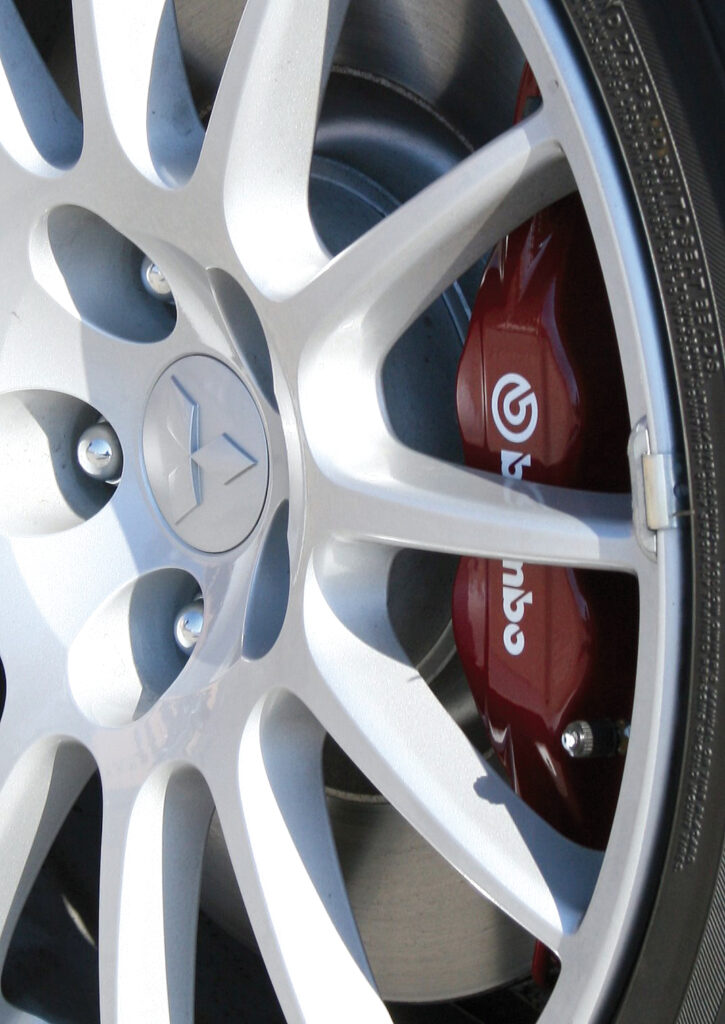
As with previous models, driving the Evo X evokes a constant adrenalin rush. The head-back thrust when the car accelerates and the confidence it inspires when taking corners are truly impressive. In fact, with this car, Mitsubishi seem to be wallowing in perfecting the art of supercar embarrassment.
Compared to the Evo IX, the X seems to have lost slightly on brute force but has gained tremendously in terms of handling. It stacks up well against its direct rival, the WRX STi but both these cars now have to face up to a new phenomenon in the Japanese Exotics arena in the guise of the Nissan GT-R. I cannot wait to lay my hands on one and when I do, you will be the first to know.
This article was first published on Times of Malta on August 4, 2008







